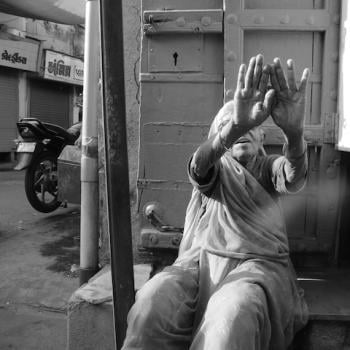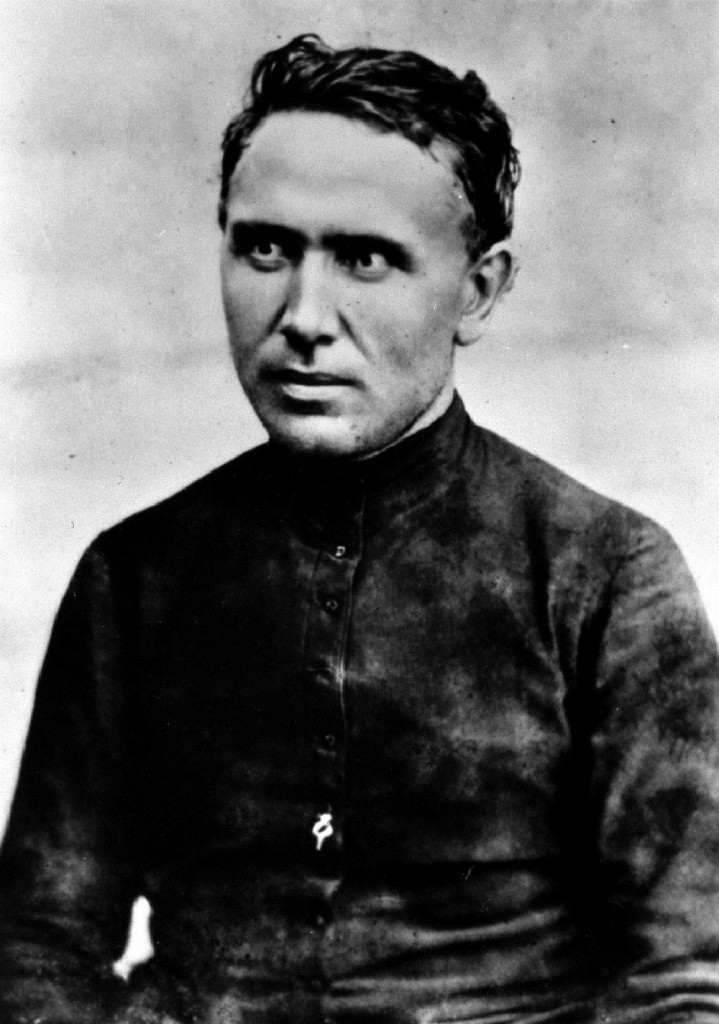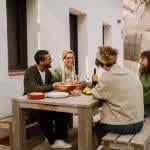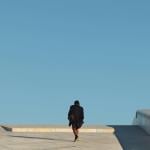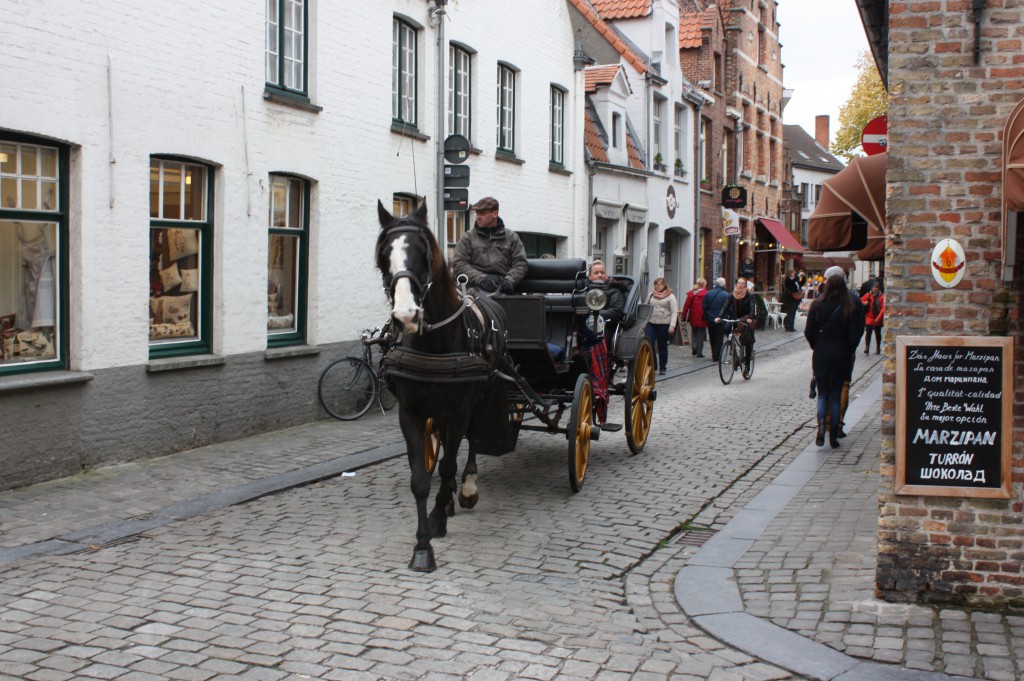
Before leaving Belgium we need to make a brief visit to Bruges, one of the most picturesque cities I’ve ever visited. Remember how I told you that the Belgium city of Leuven is pronounced in two ways? Bruges is the same way. If you’re a French-speaking Belgian it’s Broozh; if you speak Flemish it’s Broo-gah. Whatever way you pronounce it, it’s gorgeous.
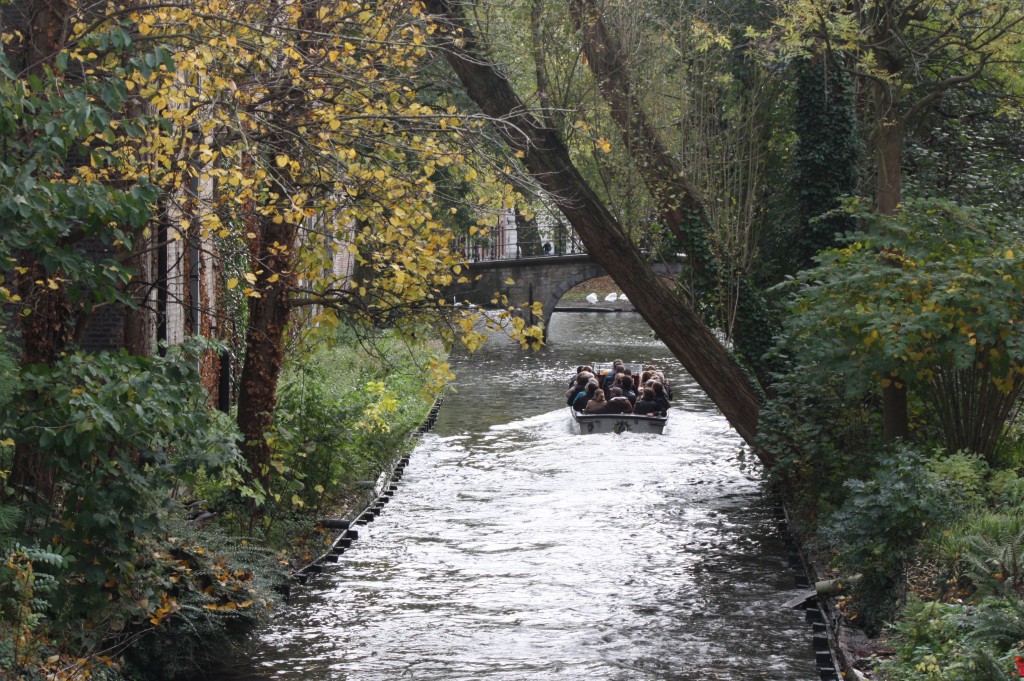
Alas, that’s part of the problem in Bruges, which reminds me of a celebrity who’s mobbed by paparazzi wherever she goes. Even in November, Bruges was full of tourists, and in the height of summer I’m sure it’s even more crowded. But don’t let that keep you away, for even surrounded by gawkers, she is one extraordinary beauty.
Bruges became a major trading port in the 13th century, growing wealthy from international trade. But by 1500 its connection to the North Sea had silted in, cutting it off from its most lucrative industry. Bruges settled into sleepy decline, its medieval buildings spared destruction because so few people were interested in living there.
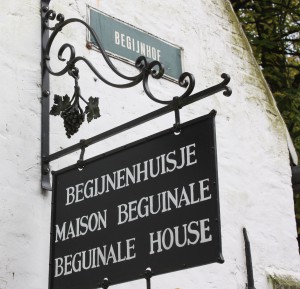
It wasn’t until the late-nineteenth century that the outside world rediscovered Bruges, drawn by its time-capsule vibe. With its cobblestone streets, cozy brick cottages, grand public buildings, and clip-clopping carriages, the city is a delight for the eyes. Most charming are the canals that thread through the historic district, waterways that give Bruges the title of Venice of the North.
One of the most peaceful places in the city owes its existence to those indomitable Beguines that I told you about a couple of posts ago. Founded in 1245, the Bruges Begijnhof is now home to a group of Benedictine nuns who worship in the Church of the Beguinage. Next to the church is the Beguine Museum, located in a former Beguine house. Its spare interior gives a sense for the daily lives of these women who took vows of simplicity and service. Outside, the enclosed courtyard to the Begijnhof exudes tranquility, making its “silence” signs seem superfluous.
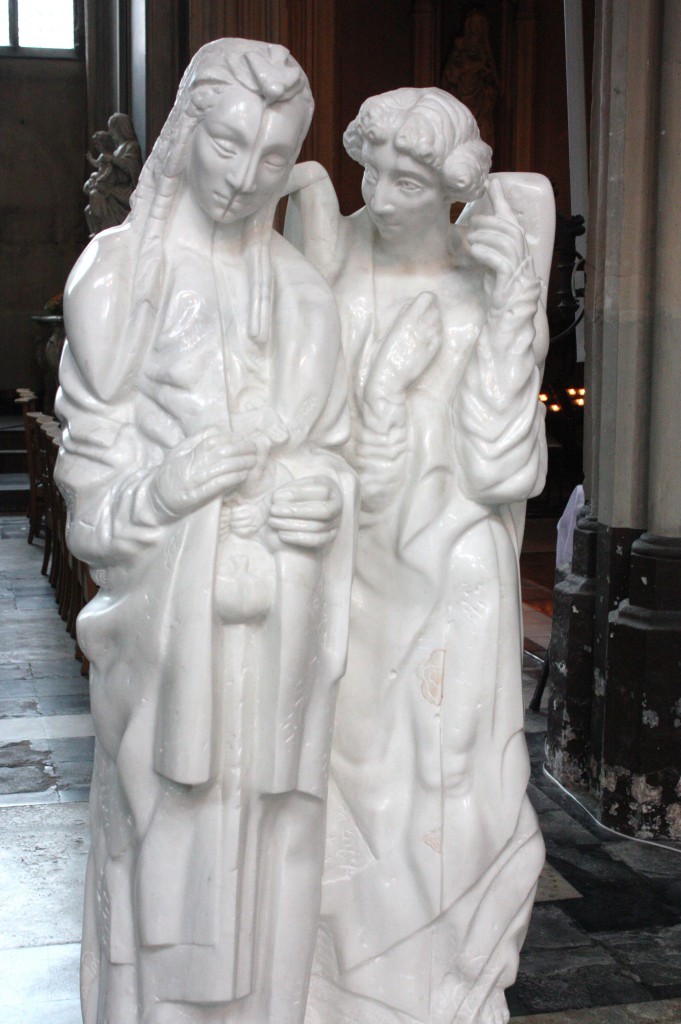
From the Begijnhof we went exploring, fortified by some Belgian chocolates purchased from a quaint shop (hey, it’s research). Next stop was the Church of Our Lady, which is famous for having one of the few Michelangelo statues to have left Italy during his lifetime (those wealthy Bruges burghers had plenty of money to throw around). Unfortunately the church is under renovation and so we weren’t able to see its most important treasure, but I was quite taken by the more modern representation of Mary and an angel that you can see at right. It’s a curious statue in many ways: the angel is smaller than Mary, for one thing, and seems tentative in his approach to her. Her face and body are bisected by a line, perhaps indicating the two-fold nature of the child she carries. I stood in front of it for a long time, pondering.
But an even grander church is located on the town’s central square. The Basilica of the Holy Blood is a gilded wonder that houses a relic brought back from Jerusalem in 1150 from the Second Crusade: a vial said to contain some of Christ’s blood.
As regular readers of this blog know, I have an extremely high tolerance for unusual religious sites, so I was delighted to see the church and also the relic, which is displayed reverently on a pillow at certain times of the week (we got the chance to see it–it looks like a vial of dried blood). The upstairs chapel is exuberantly neo-Gothic in style, with an ornate altar and brilliantly colored stained glass windows. This is just the sort of thing that horrified my Protestant ancestors, but we don’t all have to worship in Quaker meetinghouses, do we? And if that vial helps someone have an experience of the holy, it doesn’t make any difference if it came from Jerusalem or a local blood bank.
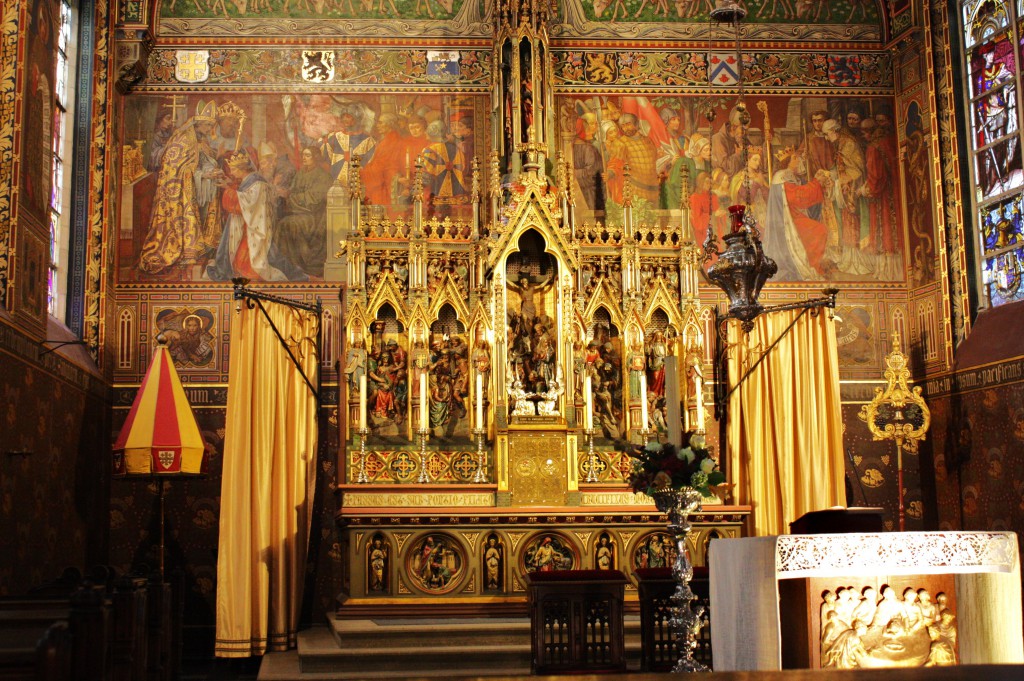
Let me close by telling you about my favorite part of our visit to Bruges. After being surrounded by crowds much of the day, my son Carl and Bob and I had a late dinner and emerged afterwards into nearly deserted streets. A light rain was falling, and we walked back to the train station past buildings lit with sparkling lights, their reflections shimmering in the waters of the canals. It was easy to imagine the people who had once taken this same path before us: medieval tradesmen, ship captains coming back from lengthy voyages, wealthy burghers and their wives dressed in silks, and Beguines in modest dress on their way to tend to the sick.
It was really quite magical and I mentally thanked all those people who had thoughtfully vacated the city so we could have it to ourselves.
Many popular destinations are like this, I think. You go to Rome or Paris and may well be disappointed to be surrounded by picture-snapping tourists (even though you’re one of them). But if you’re patient and lucky, you will get a brief respite when the crowds thin, the light shifts, and suddenly the city reveals its inner character to you.
We had such an experience in Bruges that night as we strolled along its canals, marveling at the beauty that surrounded us. I don’t know what to think about the authenticity of that relic in the Basilica of the Holy Blood, but I do know this: Bruges is authentically entrancing, especially on a misty night when the past doesn’t seem past at all.



